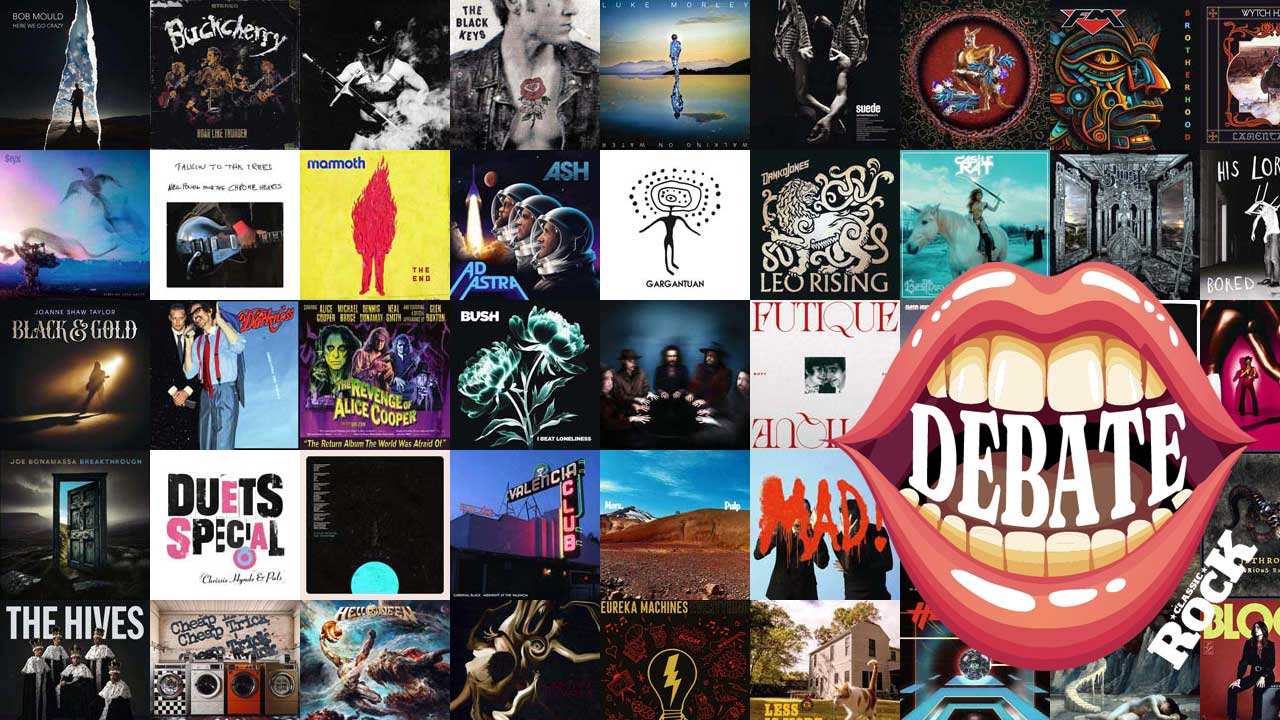You can trust Louder
Recorded in late 1988, Lou Reed’s New York album sounded like he’d spent months glued to six TV sets blaring out a cacophony of bad news. Making sense of noise was always his trick and, given that he liked nothing better than turning observation into fast art, Reed managed to juggle references that ricochet from TV trash talkers like Morton Downey, homicidal killer Bernard Goetz, some bloke called Donald Trump, the Virgin Mary and questionable UN leader Kurt ‘just following orders’ Waldheim.
Despite a bewildering set of references, Lou gave it a universal rock’n’roll thrust, reverting to Velvet Underground aesthetics – two guitars, bass and drums, with occasional glimpses of Moe Tucker on percussion.
From the violent click-clack opening of Romeo Had Juliette to the sombre investigation into divine versus human doubt of crucifixion epic Dime Store Mystery, New York demanded close investigation. Once achieved, you could only marvel at how redolent of time and place the sound was. You can smell the stink of the Hudson River and that unique aroma of greasy avenues that characterise the city in heat.
The remastered Deluxe Edition brings clarity to the hit song Dirty Blvd (Dion DiMucci’s vocals providing an appropriate Latino twist) and the stately evisceration of political corruption held like a flaming torch above Strawman.
All the songs get the live treatment from an already available concert recorded in Montreal. Work tapes and a live Sweet Jane and Walk On The Wild Side add heft, but the main work is the thing here.
Sign up below to get the latest from Classic Rock, plus exclusive special offers, direct to your inbox!
Max Bell worked for the NME during the golden 70s era before running up and down London’s Fleet Street for The Times and all the other hot-metal dailies. A long stint at the Standard and mags like The Face and GQ kept him honest. Later, Record Collector and Classic Rock called.


